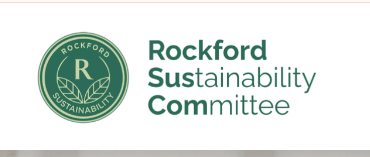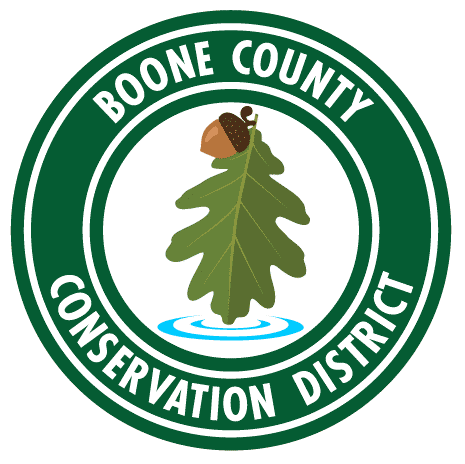Air
How is Today's Air Quality?
What is a Greenhouse Gas?
A greenhouse gas (GHG) is a gas that traps heat inside Earth’s atmosphere. These gases absorb large amounts of heat energy from the sun and reflect it back toward the Earth’s surface, preventing the heat from leaving the atmosphere and radiating back into space. This heat becomes trapped in Earth’s atmosphere, which is known as the greenhouse effect. This happens naturally and is a major reason Earth can sustain life. However, since human activity increases the amount of GHGs in the atmosphere, the greenhouse effect keeps those extra gasses trapped in the atmosphere, contributing to rising temperatures.
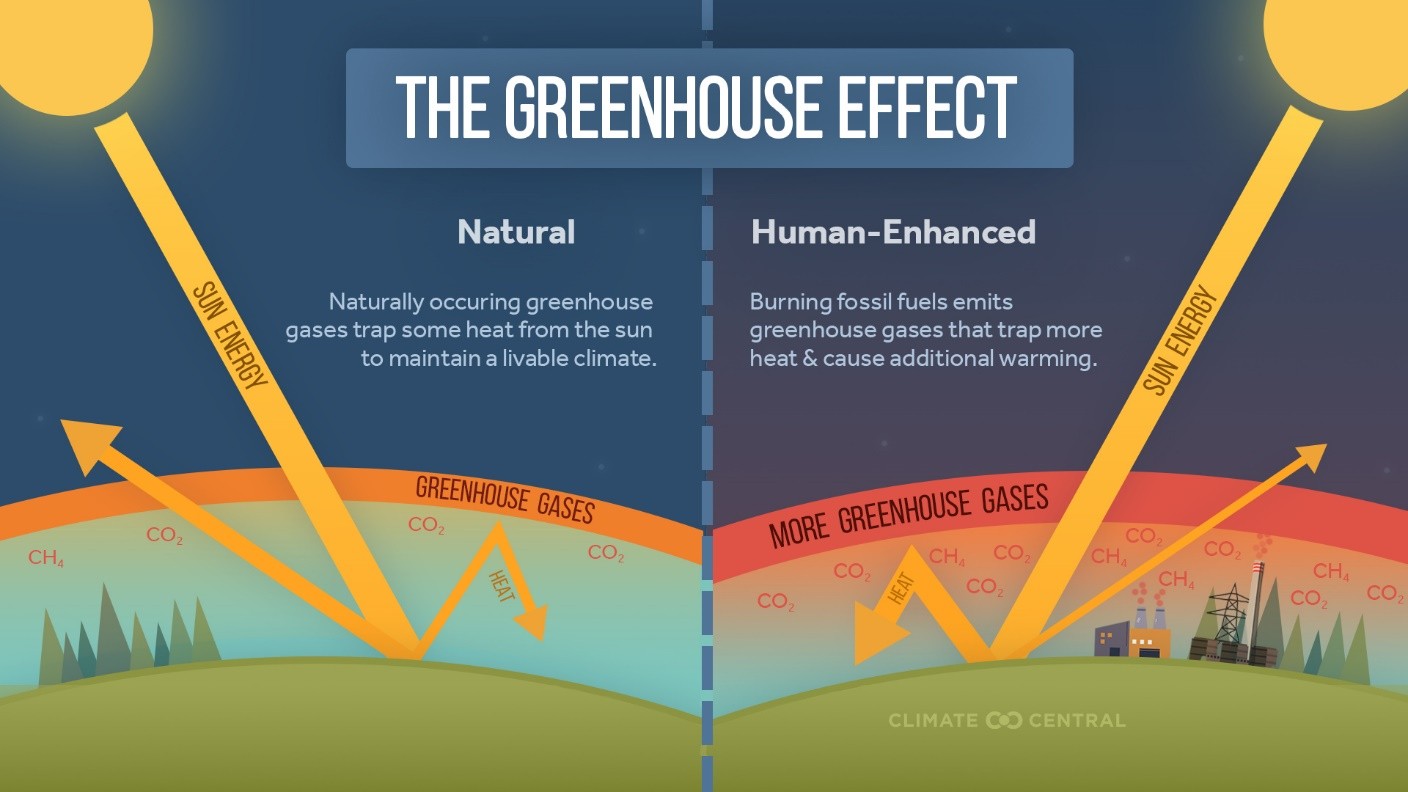
Many different gases are classified as greenhouse gases. Each has different properties that impact our climate, particularly by the length of time it remains in the atmosphere. These gases are largely created through human activity, which is intensifying the naturally occurring greenhouse effect. Common GHGs include carbon dioxide (CO2), methane (CH4), and nitrous oxide (N2O).
The largest source of GHG emissions in the United States is from burning fossil fuels for electricity, heat, and transportation. Other sources include transportation (car exhaust), electricity production, industry, agriculture, and commercial and residential buildings.
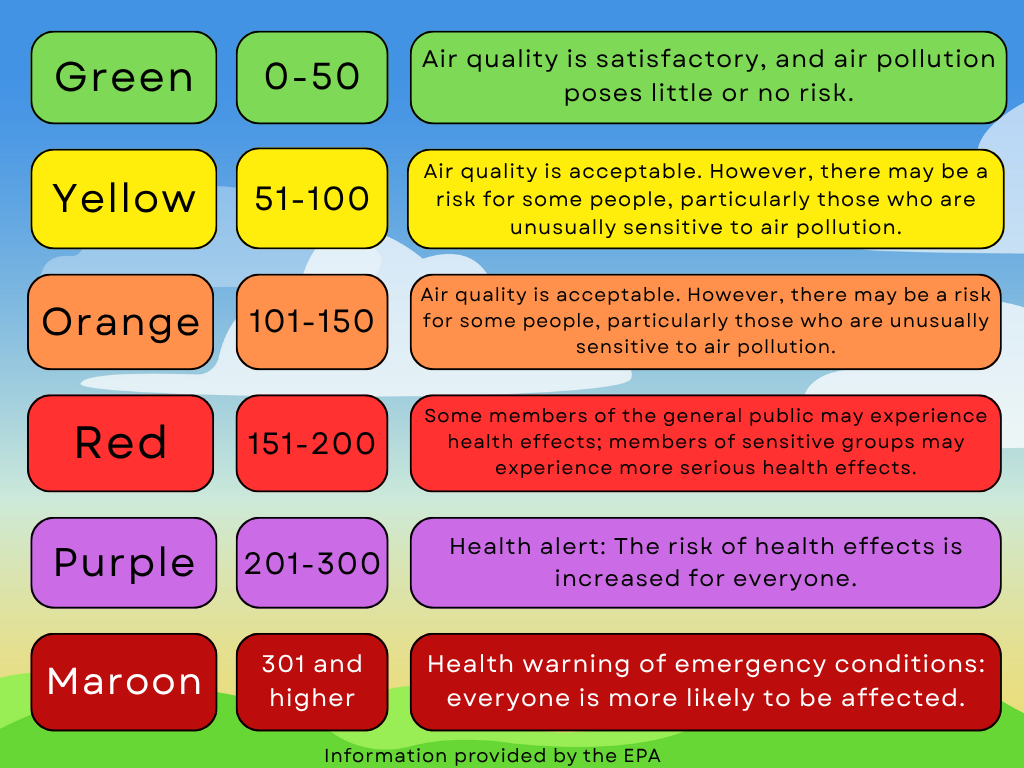
What is the Air Quality Index?
The U.S. Air Quality Index (AQI) is an EPA tool that communicates air quality values. The AQI is split into six sections, each with a color based on the air quality index value. See the included chart.
Who is Included in Sensitive Groups?
Certain groups of people are more likely to be affected by air pollutants than the general public. These sensitive groups should take extra precaution to protect their health during days with unhealthy air quality:
• Children
• Senior citizens
• People with preexisting heart or lung conditions (asthma, COPD)
• Pregnant women
• Outdoor workers, and people who are active outdoors
• Communities in areas with high exposure (near roads, industrial plants)
Which Pollutants Does AirNow Measure?
The key pollutants making up greenhouse gases are PM2.5, PM10, and ozone.
- Particulate matter (PM) - Tiny inhalable particles made of either solids or gases, usually dust, dirt, or smoke. Particles are carried from air pollutant runoff from construction sites, fires, or unpaved roads. PM2.5 are particles with a diameters with 2.5 micrometers or less, while PM10 are coarse particles with a diameter of 10 micrometers or less.
- Ozone - a gas created by chemical reactions between pollutants in sunlight.
*Note: This type of ozone – ground level ozone – is different from the protective stratospheric ozone, which is found in the earth’s ozone layer and shields us from the sun’s ultraviolet (UV) rays.
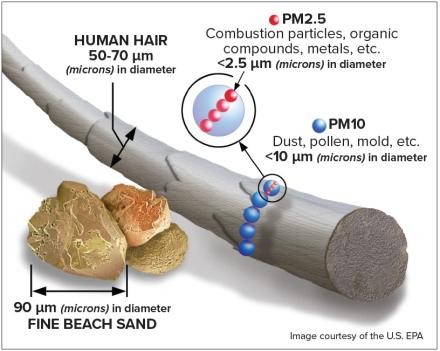
Get Daily Air Quality Notifications with EnviroFlash
EnviroFlash is a U.S. Environmental Protection Agency (EPA) program that sends you email or text notifications about the air quality in a region you select. The data is provided by the Illinois EPA from air quality monitors across the state. Knowing the daily air quality can help preserve your health and the health of other family members.
Sign up here: EnviroFlash - Sign-Up
Air Pollutants in the Rockford Region
The EPA has designated six major pollutants that impact air quality. These are:
- Carbon Monoxide (CO)
- Sulfur Dioxide (SO2)
- Nitrogen Dioxide (NO2)
- Ozone (O3)
- Particulate Matter (PM)
- Lead (Pb)
The Clean Air Act requires the EPA to set standards for these pollutants to limit the amount in the atmosphere and decrease harmful impacts. These limits are called the National Ambient Air Quality Standards (NAAQS).
Carbon dioxide (CO2) is also a greenhouse gas that contributes to climate change. Because it is naturally occurring and not a direct threat to human health, it is not included in the list above.
Rockford is at attainment status. This means that the region’s air quality is cleaner than or meets NAASQ. However, R1’s Greenhouse Gas Emissions Inventory and Air Quality Assessment identified concerns with three pollutants in Northern Illinois: ozone, nitrogen dioxide, and particulate matter.
The GHG Emissions Inventory breaks down regional GHG emissions:
|
% of total GHG emissions |
Includes |
|
|
Stationary Energy |
55% |
Industrial, commercial, residential buildings |
|
Transportation |
34% |
On-road transport, off-road transport, aviation, freight |
|
Agriculture & Land Use |
8% |
Livestock |
|
Waste |
3% |
Landfill, compost, wastewater |
Because stationary energy and transportation consist of 89% of the GHG emissions, more emphasis is placed on converting vehicles and residences to electronic power sources.
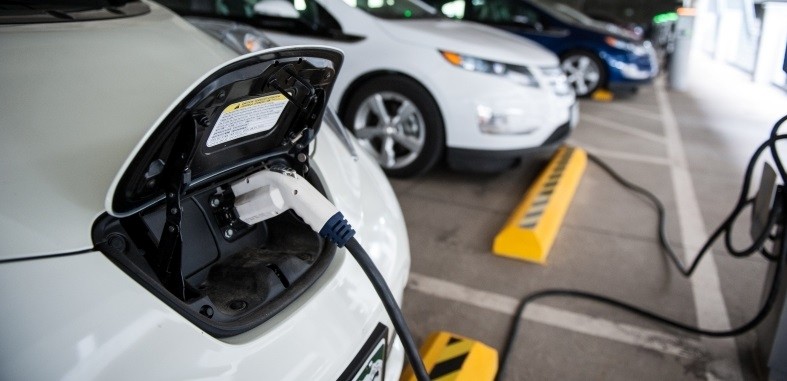
Dangers of Air Pollutants
Air pollution poses serious risks to people and the planet. The effects range from immediate concerns to long-term damage.
Human Health Impacts
Short term
When pollutant levels spike even for a few hours or days, people may experience:
- Eye, nose, throat, and airway irritation
- Wheezing, coughing, or shortness of breath
- Asthma attacks or bronchitis
- Increased hospital or emergency room visits for respiratory problems
Long term
After years of exposure, the risks may be more serious:
- Increased heart disease, strokes, and hypertension
- Lung cancer and chronic obstructive pulmonary disease (COPD)
- Reduced lung growth in children, impaired lung function in adults
- Neurological effects like cognitive decline, Alzheimer’s disease, and negative brain development in children
- Organ damage to kidneys, liver, and fetus
Immune system, reproductive, and developmental harm (reduced fertility, birth defects)
Sensitive groups, including pregnant people, children, and senior citizens are more likely to experience the adverse effects of low air quality.

Environmental Impacts
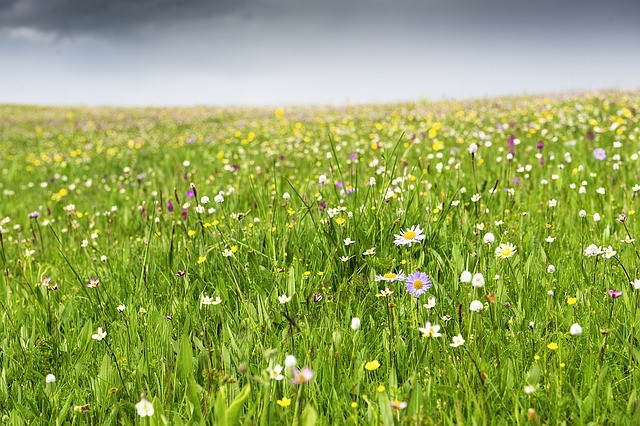
Ecosystem, soil, and water:
- Acid deposits: Emitted nitrogen and sulfur compounds can return to earth as acid rain. This alters soil chemistry, harms plants, and acidifies lakes and streams.
- Eutrophication/nutrient loading: Excess nitrogen can over-fertilize ecosystems, leading to imbalances in plant communities, algal blooms in bodies of water, and reduced biodiversity.
- Plant damage: Ground-level ozone and other pollutants interfere with photosynthesis, reduce growth, and make plants more susceptible to disease or pests.
- Reduced visibility: Fine particulate matter scatters and absorbs light, leading to haze in natural areas.
Climate:
- Pollutants such as black carbon absorb sunlight and contribute to warming.
- Higher global temperatures caused by ground level ozone can further increase ozone formation, creating a feedback loop.
- Climate change (from heat, drought, wildfires) worsens air quality by increasing dust, smoke, and ozone levels.
How is R1 Improving Air Quality?
R1 is committed to keeping the region within NAAQS attainment status. Many of its plans include action items for continued air quality improvement.
Climate Action Plan (CAP) (PDF)
An agency core document which identifies climate concerns in Boone and Winnebago counties and proposes strategies and timelines for mitigation. R1’s GHG study is part of this plan.
Bicycle and Pedestrian Plan (PDF)
Promotes a sustainable, safe, and efficient network for pedestrians and bicyclists, encouraging transportation that is not reliant on fossil fuels.
Electric Vehicle Readiness Plan (PDF)
Encourages the region to adopt infrastructure that supports electric vehicles and electric vehicle charging.
Regional Solid Waste Management Plan (PDF)
Promotes sustainable waste management practices and technologies. This is important for air quality since landfill waste can emit greenhouse gases.
Climate Action Plan for the Rockford Mass Transit District (PDF)
Aspires to invest in sustainable transportation such as battery electric buses and electric vehicle infrastructure. Its overall goal is to reduce fleet GHG emissions by 50% by 2030, and have a zero-emissions fleet by 2036.
How Can You Help Improve Air Quality?
There are plenty of ways that individuals can try to reduce the amount of GHGs. Strategies range from expensive (yet highly beneficial!) methods like purchasing electric vehicles (EVs) or installing solar panels on your property, as well as more cost-effective methods like planting trees or eating less meat. Even the smallest change can make a difference!
EPA Recommendations to reduce your impact on the environment
Switch to solar power (Illinois)
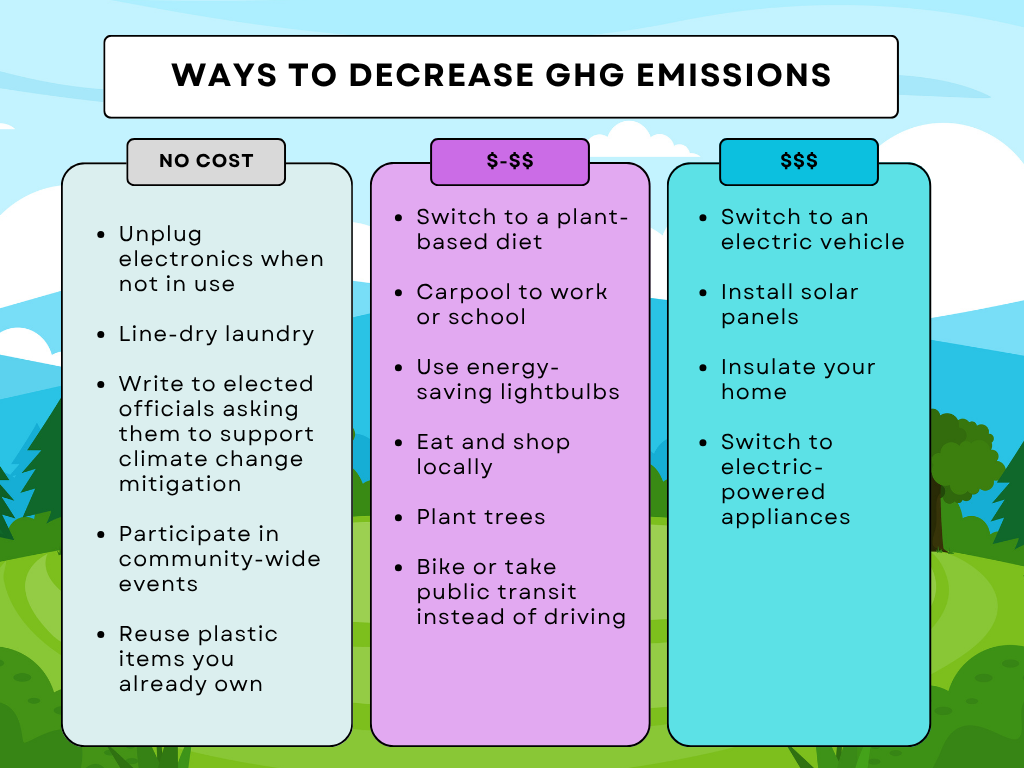
Upcoming Events
Many area organizations will host educational events to inform the community about local sustainability issues and climate change mitigation efforts. The organizations listed below host regular environmental education and nature-related events that may not relate directly to air quality, but will encourage people to connect with nature and learn about our environment.
Resources
- Air Pollution: Current and Future Challenges
- Air Quality, Energy, and Health
- The Causes of Climate Change
- Ground-level Ozone Basics
- Health Effects of Ozone and Particulate Matter
- Health & Environmental Effects of Air Pollution
- Overview of Greenhouse Gases
- Particulate Matter (PM) Basics
- Patient Exposure and the Air Quality Index
- Understanding Global Warming Potentials
- What is Acid Rain?

